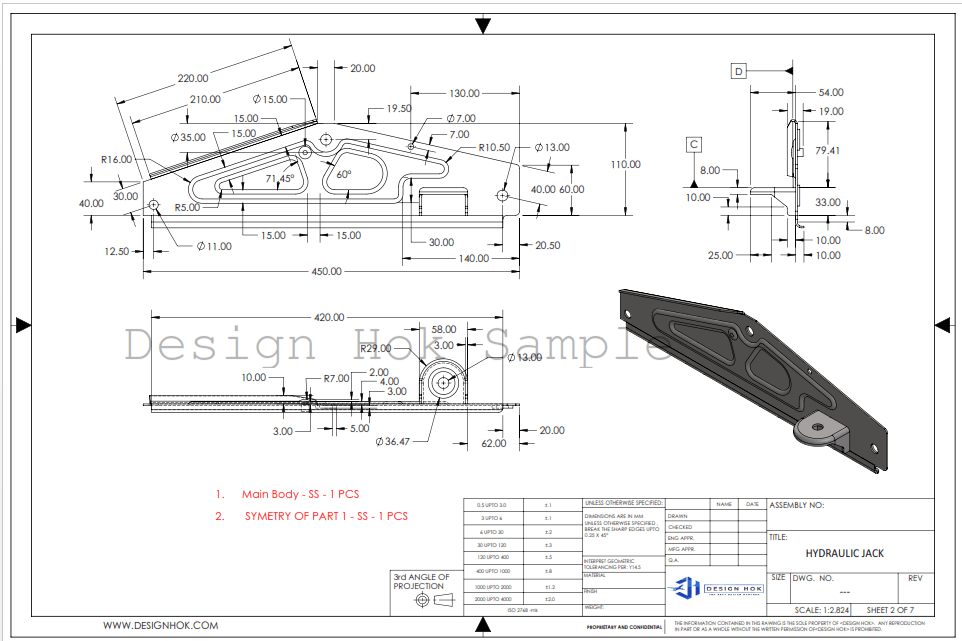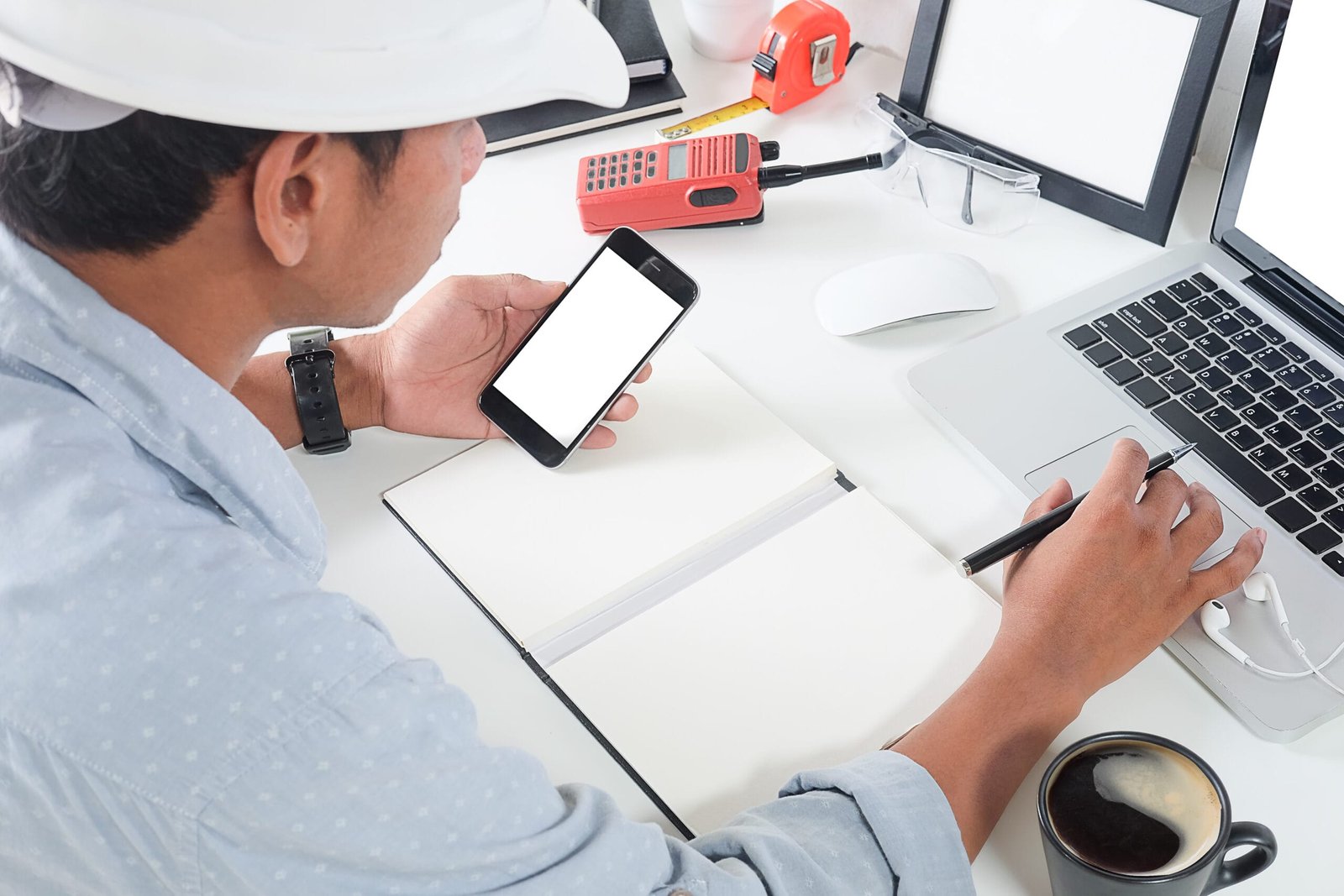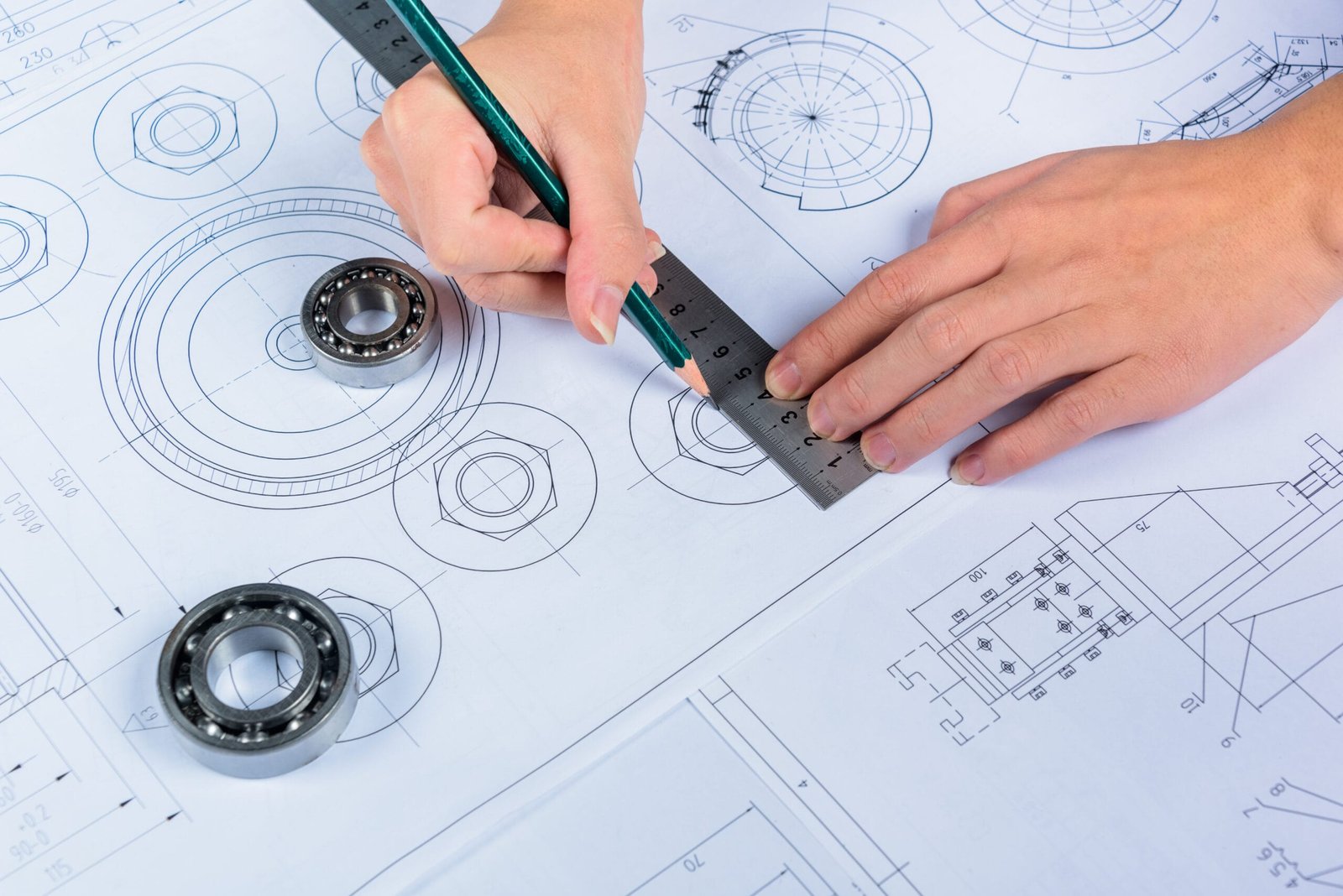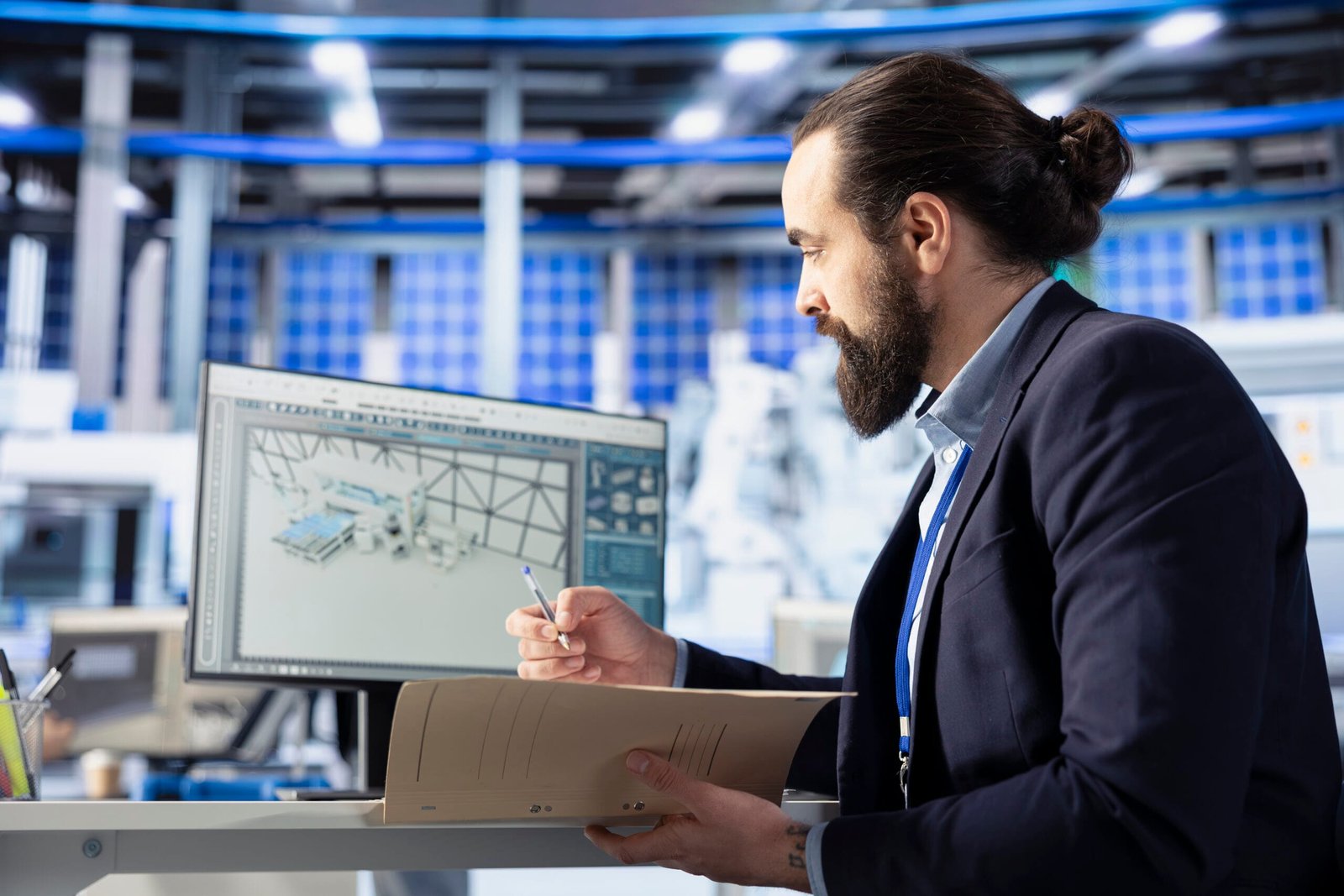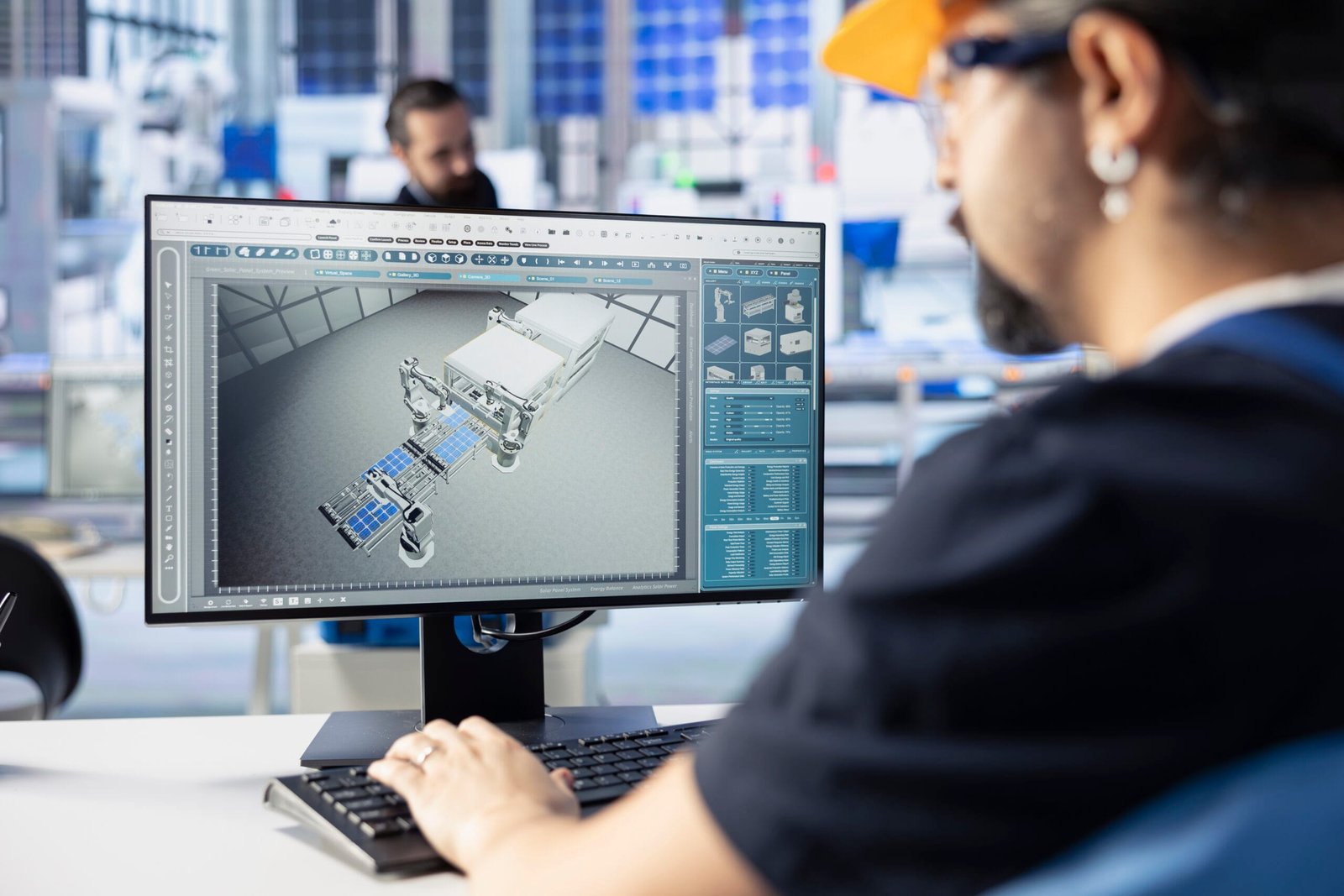Introduction
Aerospace 3D Modeling is changing the way engineers and manufacturers design aircraft, satellites, and spacecraft. With the help of computer software, teams can now create detailed 3D models of aerospace components before anything is built physically. This saves time, cuts costs, and improves product quality.
In this guide, you’ll learn what Aerospace 3D Modeling is, how it works, what tools are used, and how it’s helping aerospace companies stay ahead. Whether you’re a beginner or looking to improve your design process, this guide will help you understand everything in simple terms.
Table of Contents
- What is Aerospace 3D Modeling?
- Why is 3D Modeling Important in Aerospace?
- Key Benefits of Aerospace 3D Modeling
- Common Tools and Software Used
- Applications of 3D Modeling in Aerospace
- How 3D Modeling Supports Manufacturing
- 3D Modeling vs Traditional Design Methods
- Steps to Create a 3D Model in Aerospace
- Challenges in Aerospace 3D Modeling
- Future of 3D Modeling in the Aerospace Industry
- Final Thoughts
- Frequently Asked Questions (FAQ)
1. What is Aerospace 3D Modeling?
Aerospace 3D Modeling is the process of creating three-dimensional digital designs of parts used in aircraft, rockets, drones, and spacecraft. These digital models are built using CAD (Computer-Aided Design) software and help engineers test and visualize products before they are manufactured.
2. Why is Important Aerospace 3D Modeling?
In aerospace, safety, accuracy, and performance are critical. 3D modeling allows:
- Engineers to spot design flaws early
- Testing before building a real part
- Faster design updates and changes
- Clear communication among teams
With 3D modeling, designers don’t have to wait until a physical prototype is made to see if something works.
3. Key Benefits of Aerospace 3D Modeling
Faster Design Process
Designs that once took weeks can now be made in days. With reusable models, edits can be made quickly.
Better Accuracy
3D models are more precise than sketches or 2D drawings. Errors are reduced early in the design stage.
Saves Money
Spotting problems early means fewer changes during production. This reduces wasted materials and costly rework.
Improved Testing
Simulations can be run on 3D models to test heat, pressure, and flight conditions without building the part.
Easy Collaboration
Multiple teams—design, production, and quality—can work on the same 3D file for better teamwork.
4. Common Tools and Software Used
Here are popular Aerospace 3D Modeling tools used in the aerospace industry:
- CATIA – Used by Airbus and Boeing; very powerful
- SolidWorks – Easy to use, great for small to mid-size projects
- Siemens NX – Good for modeling, simulation, and manufacturing
- Autodesk Inventor – Ideal for 3D design and mechanical parts
- Fusion 360 – Great for cloud collaboration and small teams
Each software has different features but helps build and test digital aerospace models.
5. Applications of Aerospace 3D Modeling
Aerospace 3D Modeling is used in many parts of aerospace:
- Aircraft design: Wings, landing gear, engines, cockpit
- Satellites and drones: Outer shells, internal circuits, antennas
- Spacecraft and rockets: Fuel systems, boosters, heat shields
- Cabin interiors: Seats, overhead bins, cockpit layout
- Maintenance training: Simulations help staff learn repairs safely
These digital models are essential for both new designs and improving existing ones.
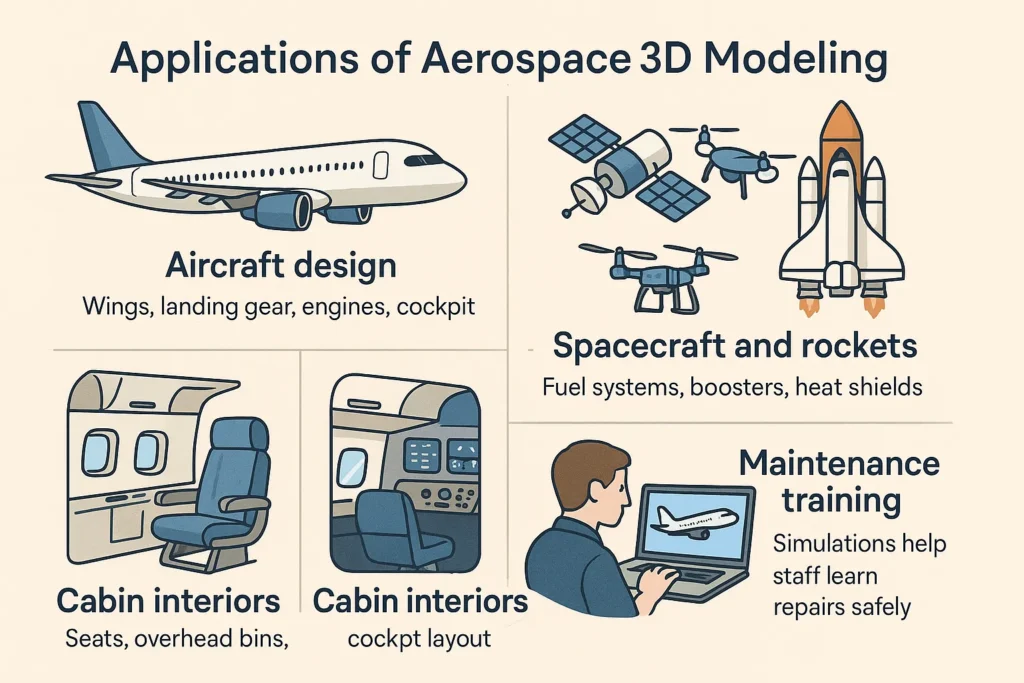
6. How Aerospace 3D Modeling Supports Manufacturing
In manufacturing, Aerospace 3D Modeling helps by:
- Creating exact technical drawings for machine tools
- Automating the CNC machining process
- Producing 3D printed prototypes
- Helping with quality checks and assembly instructions
With digital models, manufacturers can see how every part fits together. This ensures the final product meets tight aerospace standards.
7. Aerospace 3D Modeling vs Traditional Design Methods
| Feature | 2D Drawing | 3D Modeling |
|---|---|---|
| View | Flat, single angle | Full 360° view |
| Accuracy | Limited detail | Highly detailed |
| Time | Slow for changes | Fast updates |
| Collaboration | Harder to share | Easy with cloud tools |
| Testing | Needs physical model | Simulate digitally |
3D modeling clearly provides a faster, more modern way to design complex aerospace products.
8. Steps to Create a Aerospace 3D Modeling
- Idea & Concept Design
Start with a sketch or idea of what you want to create. - CAD Software Selection
Choose a tool like CATIA or SolidWorks. - Model Creation
Build your 3D model using basic shapes and dimensions. - Simulation & Testing
Check how your model performs in real-world conditions. - Review & Feedback
Share with teams, make improvements as needed. - Prepare for Manufacturing
Generate detailed drawings and instructions for production.
9. Challenges in Aerospace 3D Modeling
Complex Designs
Aerospace parts are often very detailed. Modeling them can be time-consuming.
Software Learning Curve
Tools like CATIA are powerful but can be hard to learn.
Compatibility Issues
Different teams may use different software, leading to file-sharing problems.
Simulation Limitations
Digital tests can’t replace all physical testing, especially in extreme environments.
Cost of Tools
Some modeling software is expensive, which can be hard for small teams or startups.
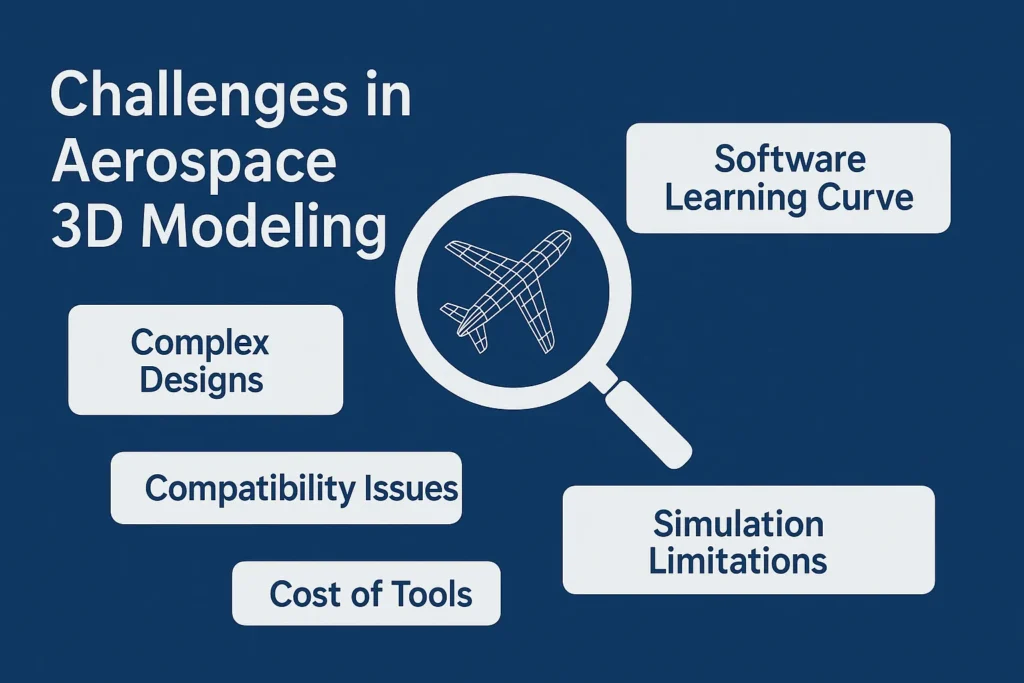
10. Future of 3D Modeling in the Aerospace Industry
The future is bright for 3D modeling in aerospace:
- AI-Powered Design: Software will suggest better designs using machine learning.
- Augmented Reality (AR): Designers can view models in real environments.
- Cloud-Based Collaboration: Teams across the globe will work on the same model in real time.
- Generative Design: Software will automatically create the most efficient designs.
- 3D Printing Integration: Models will go straight from digital to physical within hours.
11. Final Thoughts
Aerospace 3D Modeling is a smart way to design faster, safer, and more cost-effective aircraft and space systems. With its power to visualize and test complex parts, this technology is a must-have for modern aerospace teams.
Whether you’re designing a drone or building a spaceship, 3D modeling helps you bring your ideas to life while meeting high-quality standards. As tools become smarter and more user-friendly, even small teams can innovate like aerospace giants.
12. Frequently Asked Questions (FAQ)
Q1: What is Aerospace 3D Modeling?
3D modeling in aerospace is the use of software to create digital models of aircraft or space parts. It helps design, test, and improve products before they are built.
Q2: Which software is best for aerospace 3D modeling?
Popular tools include CATIA, SolidWorks, Siemens NX, and Autodesk Inventor. The best one depends on your project size, budget, and team skill level.
Q3: Can small businesses use aerospace 3D modeling?
Yes. With tools like Fusion 360 and SolidWorks, small companies can design aerospace parts affordably and efficiently.
Q4: Is 3D modeling only for designing parts?
No. It’s also used for testing, simulation, team collaboration, training, and manufacturing support.
Q5: How does 3D modeling help reduce costs?
By spotting problems early in the design stage, it avoids costly mistakes during manufacturing. It also reduces the need for multiple physical prototypes.
Q6: Can 3D models be used for 3D printing in aerospace?
Absolutely! 3D modeling files can be sent directly to 3D printers for making fast and accurate prototypes or even end-use parts.
Q7: Is 3D modeling required in aerospace?
While not always legally required, it is highly recommended and widely used. Most aerospace companies expect digital models as part of their design process.
Q8: What skills are needed to do aerospace 3D modeling?
You need to know how to use CAD software, understand basic aerodynamics and mechanical engineering, and have a good eye for details.
Q9: How long does it take to learn aerospace 3D modeling?
Learning the basics can take a few weeks. Becoming advanced depends on your experience and the complexity of the software.
Q10: What industries besides aerospace use 3D modeling?
Industries like automotive, medical devices, architecture, and consumer products also use 3D modeling for design and innovation.

